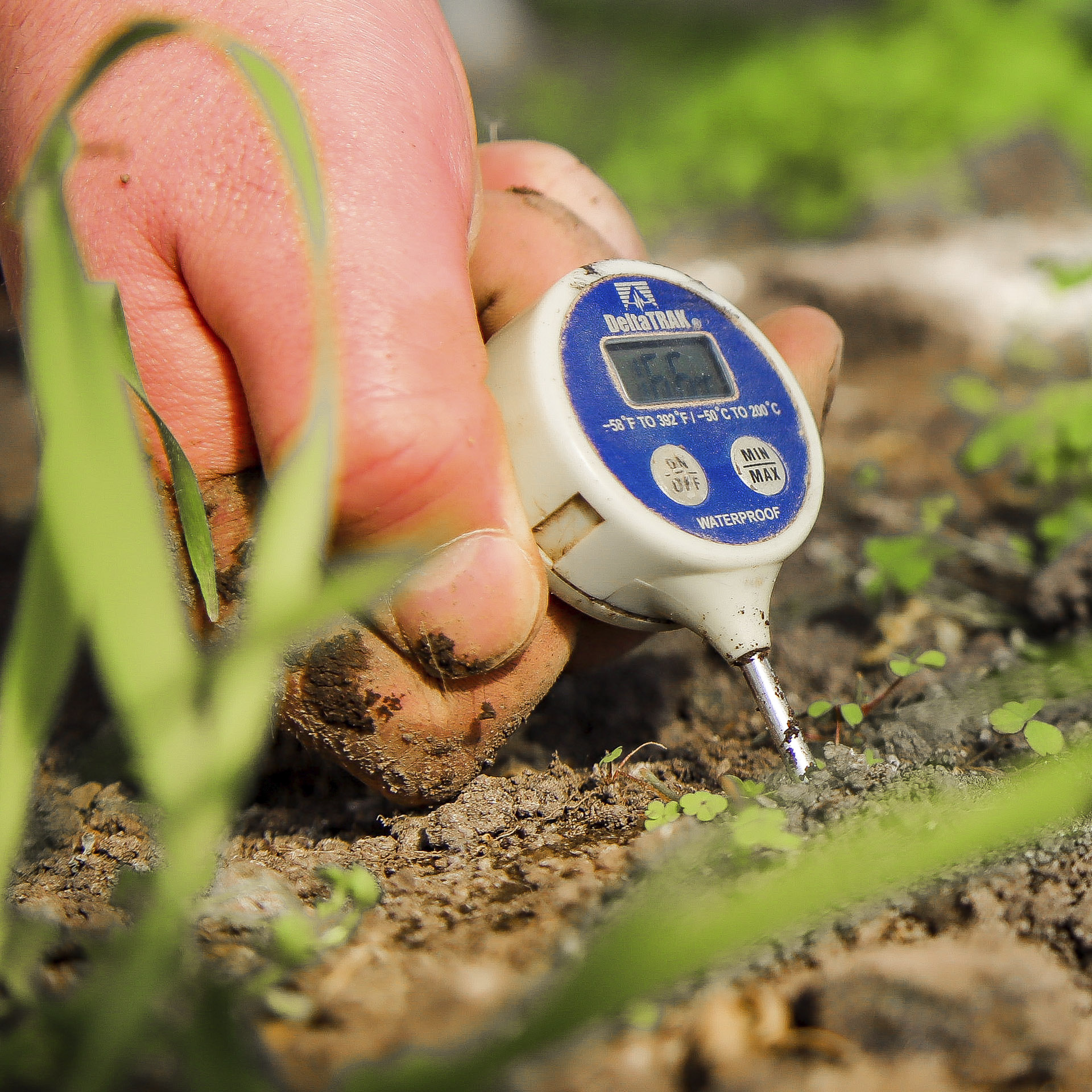[vc_section el_class="container mx-auto align-items-center circle--pattern" css=".vc_custom_1648956589196{padding-top: 3rem !important;}"][vc_row el_class="pb-5"][vc_column][vc_wp_custommenu nav_menu="6"][uoh_breadcrumb_component automatic_breadcrumb="true"][uoh_title_component title_dropdown="big" title_decorator="true"]{{title}}[/uoh_title_component][vc_column_text css=""]We propose a three-stage study to explore the roles of BCRNF on NUE, wheat productivity, and nutritional grain quality. In Stage 1, we will assay the effect of BCRNFs on N-dynamics and chemical soil properties through soil incubations performed under controlled conditions for 90 days. We will measure N-losses periodically through volatilization of NH3 and NO2. Additionally, we will quantify potentially mineralizable nitrogen (PMN), changes in the C:N ratio, and changes in pH and soil nutrient content during nine sampling dates. In Stage 2, two independent experiments will be conducted to evaluate the interaction among BCRNFs with soil and its effect on the morphological, physiological, and biochemical plant adaptive strategies related to NUE. In Experiment 1, wheat will be harvested at the pre-anthesis growth stage, and plant growth parameters and N concentration in tissues will be used to determine N uptake efficiency (NUPE). Additionally, it will measure plant adaptative strategies related to N-uptake, such as root architecture, exudation of organic acids by roots, and changes in enzymatic and microbial activities in the soil. In Experiment 2, wheat plants will be harvested at the maturity stage to evaluate the relationship between grain yield and N concentration to determine N utilization efficiency (NUTE). Plant adaptive strategies related to NUTE will also be assessed, including N-translocation and remobilization, CO2 assimilation rate (A), stomal conductance (gs), photosynthesis per unit of N, PNUE. In addition, the leaf response to the fluorescence and stay green trait will also be performed. The amount of nitrogen in grain derived from the fertilizer (Ndff) will be calculated using the δ15N values obtained from grains. In Stage 3, the effect of BCRNFs on wheat productivity and nutritional quality will be evaluated in field conditions. The trials will be conducted over two agricultural seasons, and the impact of BCRNFs on soil and plant samples will be assessed at three different stages: anthesis, soft dough grain, and hard dough grain. During these stages, the chemical properties of the soil, as well as microbial and enzymatic activities, will be evaluated. Photosynthetic parameters such as A, gs, Ci, E, Fo, Fm, and QY will be quantified. The plant height, harvest index, and yield components will be assessed at the end of each growing season. Grain quality indicators like protein content, gluten levels, and sedimentation rate will also be measured. Finally, the amount of nitrogen in grain derived from the fertilizer (Ndff) will be calculated using the δ15N values obtained from grains. This proposal focused on understanding the interconnections among soil, N-fertilizer, and plant physiology, using wheat as a model crop. The primary aim is to boost N management strategies in agriculture, ensuring a balance between productivity and sustainability. The initiative seeks to create a technological solution to enhance NUE, reduce environmental impact, and ensure global food security.[/vc_column_text][/vc_column][/vc_row][/vc_section][vc_section css=".vc_custom_1649209804184{background-color: #f6faff !important;}" el_class="p-md-0 pt-md-5"][vc_row el_class="container mx-auto align-items-center p-md-0 pt-5"][vc_column el_class="p-0"][/vc_column][/vc_row][/vc_section][vc_section css=".vc_custom_1649210787516{background-color: #f6faff !important;}" el_class="p-md-0 pt-md-5 pb-md-5"][vc_row el_class="container mx-auto align-items-center"][vc_column][/vc_column][/vc_row][/vc_section]


















